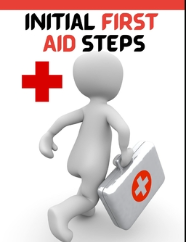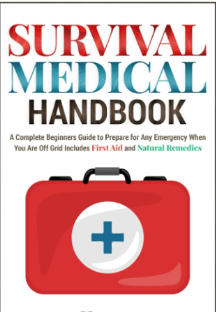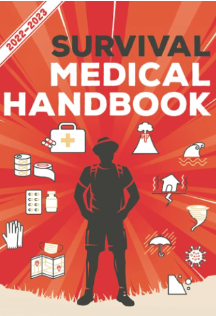
The essence of trauma recovery revolves around managing inflammation. Inflammation, an integral part of the body's healing response, becomes problematic when it evolves into chronic inflammation.
Interestingly, inflammation is also associated with cancer, being its most potent carcinogen. While carcinogens are commonly associated with smoking or junk food, inflammation is a common element in many cancerous transformations. Even more fascinating is the Warburg effect, a metabolic shift seen in cancer cells, immune cells, and chronic diseases alike - and involves the fermentation of glucose.
The prevalent method for detecting cancer - the PET scan - may also detect inflammation due to the identical metabolic properties they transmit. It raises a thought-provoking question: How can we differentiate between inflammation and cancer cells? While the answer remains elusive, it's intriguing to consider the implications.
At the cellular level, inflammation retains fluid due to protein leakage from cells. The fluid retention, also known as edema, is associated with the Warburg effect, possibly due to mitochondrial damage. As we explore home methods of healing trauma, remember the vital role of inflammation.

Chronic inflammation, while necessary for healing, may cause scar tissue and fibrosis, increasing the risk of cancer. Chronic inflammation often occurs alongside conditions like hepatitis or COPD, which can progress to liver and lung cancer, respectively. Even conditions like diabetes, associated with high sugar levels and subsequent inflammation, increase the risk of cancer.
The eight therapeutic interventions listed aim to address chronic inflammation - with complications like scar tissue and calcification that impede circulation.

1. Eliminating triggers: The first step is identifying and eliminating inflammation triggers. It could be certain foods or harmful habits like smoking or excessive drinking.
2. Thermal therapy: Alternating hot and cold conditions through showers, saunas, or immersion tanks can stimulate the lymphatic system, promoting waste removal and cellular healing.
3. Exercise: Regular physical activity can counter the reduced mobility caused by chronic inflammation and scar tissue, promoting healing on multiple levels.
4. Stretching: Regular stretching can improve sleep, joint mobility, and posture. It may even break up scar tissue, reducing inflammation.
5. Nutritional supplementation: High vitamin D doses can aid in tissue remodeling. Omega-3 fatty acids, found in fish oil, and vitamin B3 as nicotinamide, have anti-inflammatory properties. Polyphenols, found in herbal remedies like turmeric and green tea, also have anti-inflammatory effects.
6. Opposite technique: Working on the opposite side of the body where the pain manifests can help reduce pain and inflammation. This method, though unconventional, has proven effective.
7. Fasting: Fasting is a potent method of reducing inflammation and pain by promoting bodily adaptation and inflammation suppression.
8. Shockwave therapy: This non-invasive therapy can break up scar tissue and stimulate healing. Though home units are available, it's advisable to seek professional treatment for optimal results.
Disclaimer: These methods are not an exhaustive list nor a substitute for professional medical advice, but they offer a holistic approach to trauma recovery. The steps outlined should address the root cause, not just the symptoms, and promote overall well-being.


You must be logged in to post a comment.